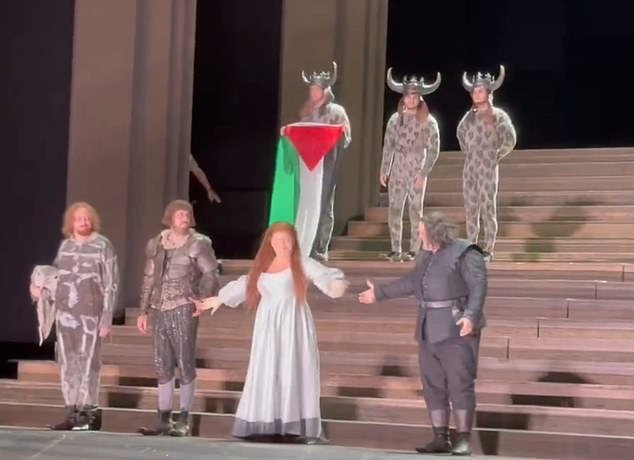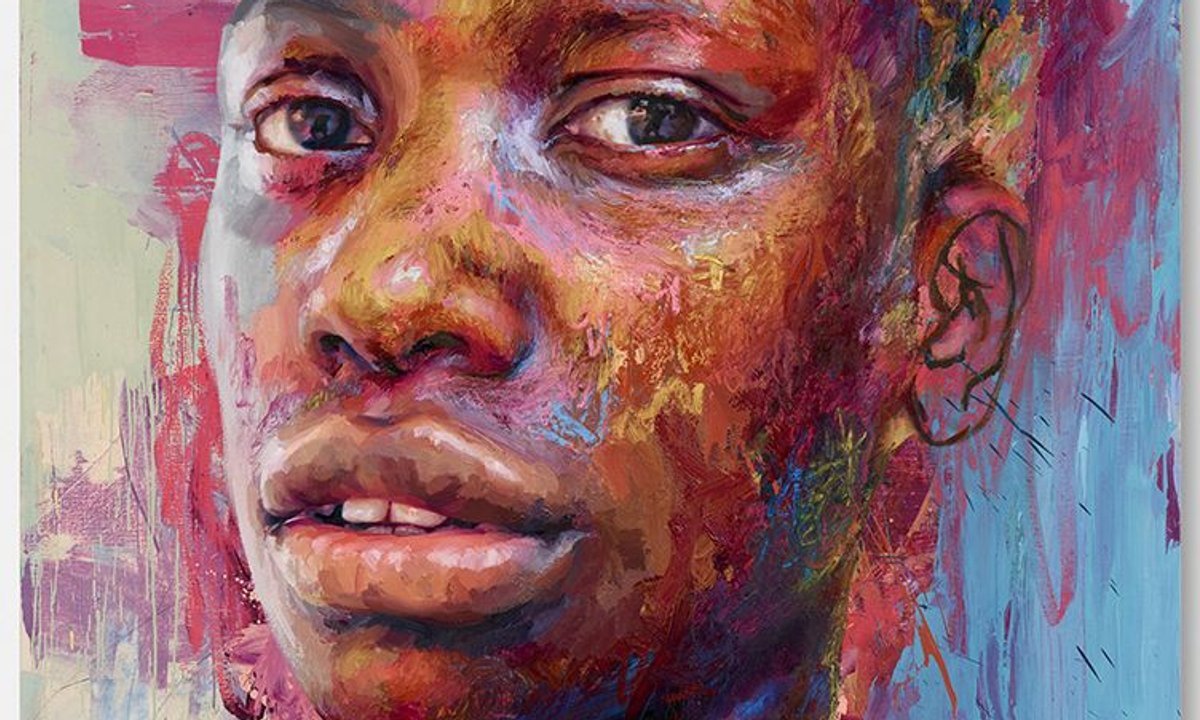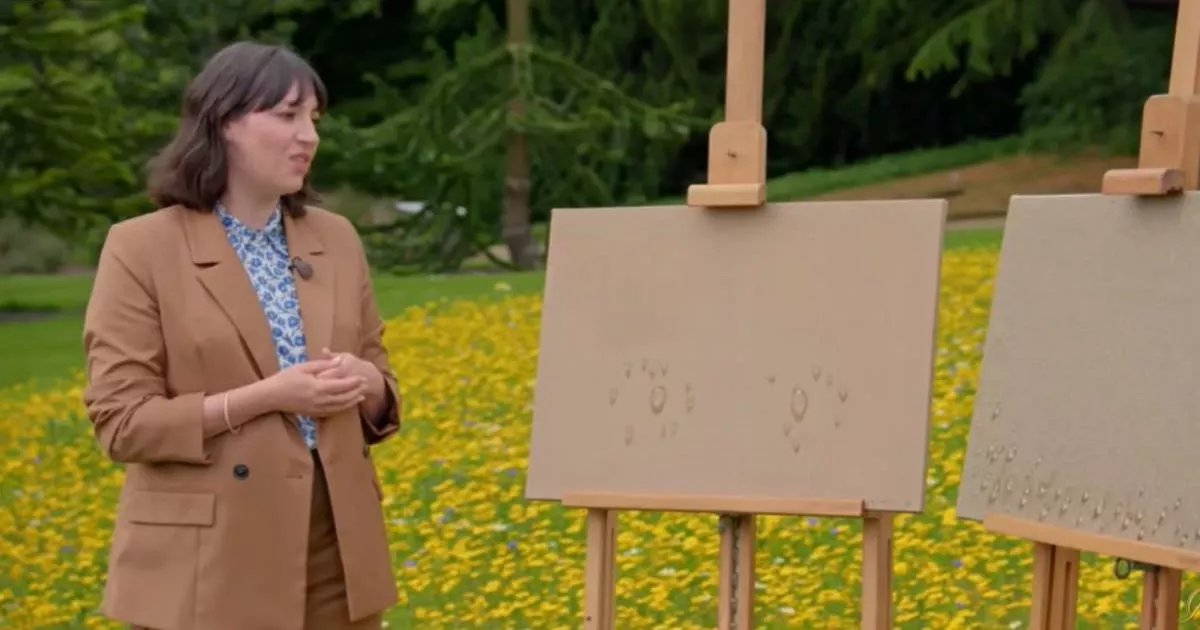Nope, AI had nothing to do with this weird view of a flamingo.
It’s easy to imagine the text prompt Miles Astray entered into an image-generating AI tool to get his wild photo of a flamingo looking like a headless ball of pink fluff on spindly legs. The photo just won two awards in the AI category of an international photo competition.
Plot twist: Artificial intelligence had nothing to do with Astray’s photo. He shot it with a camera. And that’s why it got disqualified from the 1839 Awards after winning third place and people’s choice honors for AI photography.
The contest, named for one of the most formative years in the history of photography, includes a range of categories: animals, architecture, landscapes, people, photojournalism, still life. Photographers from 55 countries entered this year’s 1839 Awards. Astray submitted his flamingo photo in the AI group to prove that human-generated art hasn’t lost its impact in a world of algorithms.
“After seeing recent instances of AI-generated imagery outshining actual photos in competitions, it occurred to me that I could twist this story inside down and upside out the way only a human could and would, by submitting a real photo into an AI competition,” Astray explains on his website. He saw the image, titled “Flamingone,” as the perfect candidate for the job “because it’s a surreal and almost unimaginable shot, and yet completely natural. It is the first real photo to win an AI award.”
Judges from The New York Times, Getty Images, Maddox Gallery and the Centre Pompidou in Paris are among those who picked this year’s winners. Right after Astray found out he won on Tuesday, he notified contest organizers that he’d actually shot his “AI” image of a bird scratching its belly with a Nikon D750 DSLR camera, using Lightroom to convert it from its RAW format to JPG and making a few minimal adjustments.
“I don’t process my images much and usually only to correct whatever the camera didn’t capture authentically,” Astray said in an email. “I like to show the world as is.”
Lily Fierman, 1839 Awards co-founder and director, said the organization fully appreciates the message Astray conveyed by submitting a real photo to the AI category. “We agree that it is an important, relevant and timely statement,” Fierman said in an email. “However, after much internal debate, we decided to disqualify his entry into the AI category in consideration of the other artists who submitted their work.”
Astray calls the decision “completely justified and right,” and added that the organization’s support for his intended message surprised and heartened him.
The photographer, who’s currently based in La Paz, Bolivia, considers himself a creative nomad, having worked with nonprofits in Ecuador, Peru, Nicaragua, India, Indonesia, Laos and South Africa and photographed local communities all over the world. He shot “Flamingone” in Aruba in 2022, getting up at 5 a.m. to beat the crowds to a beach known for its free-roaming flamingoes.
If Miles Astray seems too perfect of a name for someone who travels the world, it is. In an email, the photographer acknowledged that he uses a nom de plume (nom de camera?) and that he prefers not to reveal his real name publicly.
Astray said he had ethical concerns about misleading the jury, and he didn’t take them lightly.
“But I was hoping that these industry professionals and also the audience would find that this jab at AI and its ethical implications outweighs the ethical implications of deceiving the viewer, which, of course, is ironic because that is what AI does,” he said. “I hope that winning over both the jury and the public with this picture was not just a win for me but for many creatives out there.”
Below, you can see the (truly) AI-generated image that won top prize in the category this year.
This dreamy image won the top prize at the AI category of this year’s 1839 Awards.






